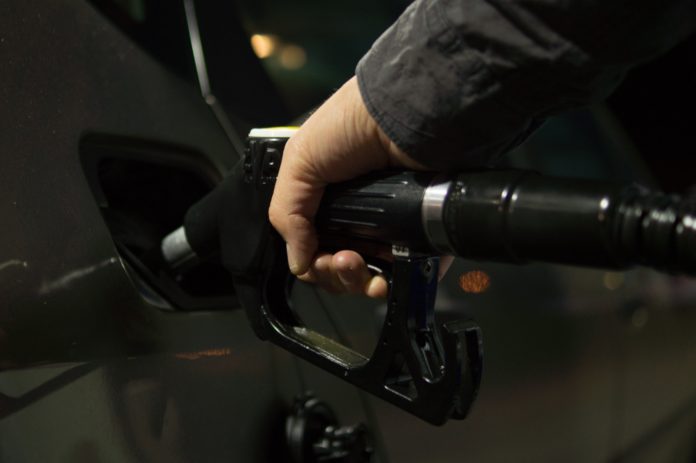
The Trump Administration’s Environmental Protection Agency (EPA) and Department of Transportation (DOT) issued a proposal this week to unravel Obama-era fuel economy and carbon dioxide (CO2) emissions standards for automobiles. The administration hopes to lock in fuel economy standards at 2020 levels until 2026. The proposal was issued via a Notice of Proposed Rulemaking (NPRM) released by the National Highway Traffic Safety Administration (NHTSA).
In a statement from NHTSA, the administration referred to the proposal as the Safer Affordable Fuel-Efficient Vehicles Rule for Model Years 2021-2026 Passenger Cars and Light Trucks (SAFE, for short). The NPRM initiates a process of public input and presents various options for loosening the Obama standards established in 2012.
The new proposal is expected to generate a battle with a multi-state coalition committed to tougher fuel economy and environmental protections. Leading that coalition is California, which claims that the 18 jurisdictions involved in the group represent “approximately 43 percent of the U.S. automobile market and 140 million people.” In a statement from his office, California Governor Jerry G. Brown Jr. called the federal move a “reckless scheme” that means “motorists will pay more at the pump, get worse gas mileage, and breathe dirtier air.”
A statement from Secretary of Transportation Elaine Chao under the title “Make Cars Great Again” said that “The standards implemented by the previous administration raised the cost and decreased the supply of newer, safer vehicles.” Chau said that freezing the fuel economy standards would “strike the appropriate regulatory balance between vehicle improvements, environmental benefits and safety” and would “give consumers greater access to safer, more affordable vehicles.”
Administration announcements made frequent references to safety. The DOT said that the current standards raise the price of vehicles and actually “restrict the American people from being able to afford newer vehicles with more advanced safety features, better fuel economy, and associated environmental benefits.” The agency said that “keeping in place the standards finalized in 2012 would add $2,340 to the cost of owning a new car, and impose more than $500 billion in societal costs on the U.S. economy over the next 50 years.” The administration referred to a recent NHTSA study finding that newer-model vehicles are significantly safer than older models.
In comments provided to us by Cox Automotive Inc., Karl Brauer, executive publisher of Autotrader and Kelley Blue Book, called the administration’s move “a huge shift in regulatory oversight.” But Brauer cautioned that:
“While it initially looks like a benefit for automakers, it will likely add a level of uncertainty none of them want. Producing and selling automobiles is a long-term process. It requires long-term planning that can’t easily be modified without costing car companies a lot of money. Government policy changes are similarly protracted, often requiring years to resolve. This combination will keep courtrooms busy and boardrooms nervous for the foreseeable future.”












